German cyclist Nils Politt was feeling good early in the Olympic road race on Saturday, getting into a breakaway and giving the veteran of seven Tours de France the feeling that something magical could happen on the streets of Paris.
Suddenly, he began to feel something much different: his tummy rumbling.
WATCH ANYTIME FOR FREE
Stream NBC10 Boston news for free, 24/7, wherever you are. |
In a video that quickly went viral on social media, Politt did what any tourist would do in such a situation: He popped into the nearest cafe and used the toilette. By the time he finished, a fast-growing crowd had arrived, and the 30-year-old from Cologne was getting quite the round of applause on his way back to his bike.
“I did not count how much time it took me,” Politt explained after reaching the finish line. "It was really warm, we were drinking a lot of water, ate a lot of (energy) gels and normally I don’t have problems. But today I had an upset stomach.”
Get updates on what's happening in Boston to your inbox. Sign up for our News Headlines newsletter.
Everything is more difficult on a bike, from eating and drinking to, yes, bathroom breaks. That was especially true on Saturday, when the men tackled the longest race in Olympic history — 273 kilometers (170 miles) from the start at the Trocadero, into the French countryside, back to Paris for loops of Montmartre, to the finish at the Eiffel Tower.
The women faced a similar, albeit slightly shorter, course for their road race Sunday.
So how exactly do riders survive six-plus hours in the saddle? Here is how it works:
At the Paris Summer Olympics
Bathroom Breaks
With so much food and drink passing through their bodies, riders often feel the call of nature. How they manage it depends on the situation — their position on the road, the speed of the peloton, how far they are from the finish.
In most cases, several riders will stop en masse and releave themselves among trees or in a ditch. That way, they can work together to catch back up. If the speed of the race has elevated, and when the need to urinate arises, riders can — and do — swing to the side of the road and take care of it without stopping.
Bowel movements are a bigger problem. It is not uncommon to stop in a bar or cafe along the route, usually in small, out-of-the-way towns where it goes unnoticed. It might take a couple of minutes, but riders can usually catch up.
In the case of Politt, the call came at a particularly bad spot in the Olympic road race: He was near the end, where the finishing climbs of Montmartre went through steep streets packed shoulder-to-shoulder with thousands of flag-waving fans.
Politt was forced to climb over a barricade and wade through them to use a cafe’s facilities. He lost several minutes, but it didn’t really matter in the end. He finished in 70th place, nearly 20 minutes behind gold medalist Remco Evenepoel.
Paris 2024 Summer Olympics
Eating while riding
The right fuel is crucial for riders, and they work with dietitians and sports physiologists to construct menus that are heavy on carbs, such as pasta and rice. The key is to make sure it packs enough energy but also is easily digestible.
On race day, riders will carb load even more, perhaps eating oatmeal and rice for breakfast, and they will have coffee or a pre-workout that provides a caffeine kick. But the trick is to keep consuming calories when the race begins.
In the Olympic road race, most riders will burn between 6,000 and 8,000 calories.
Along the route, support staff will be available with musettes, which are lightweight bags with a long strap that riders can grab and sling over their shoulder. Inside are a variety of options depending on rider preference: sandwiches and paninis, energy bars and gels, and even small cans of soda should they need another sugar and caffeine rush.
Quenching the thirst
In the early days of the Tour de France, riders often drank alcohol in the midst the race. But sports science has come a long way. The drink of choice now? Water, primarily, but also mixes that provide electrolytes, BCAAs and other nutrients.
Riders will consume at least a liter of fluid every hour and still sweat out more than they consume.
Team members will be along the road to provide fresh bottles, and riders can surf back through the peloton to get more from team cars behind the race. Often, riders designated to help the team leader will grab several and stuff them down their jerseys, then deliver them to their teammates up the road.
Neutral support vehicles also ride within the race. They are obligated to provide bottles to anyone, regardless of the team.








